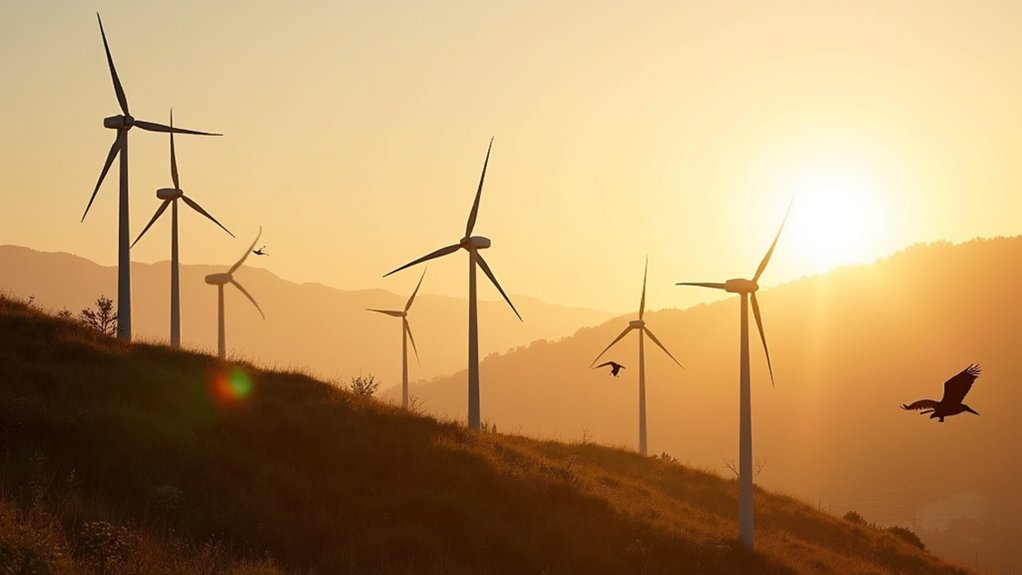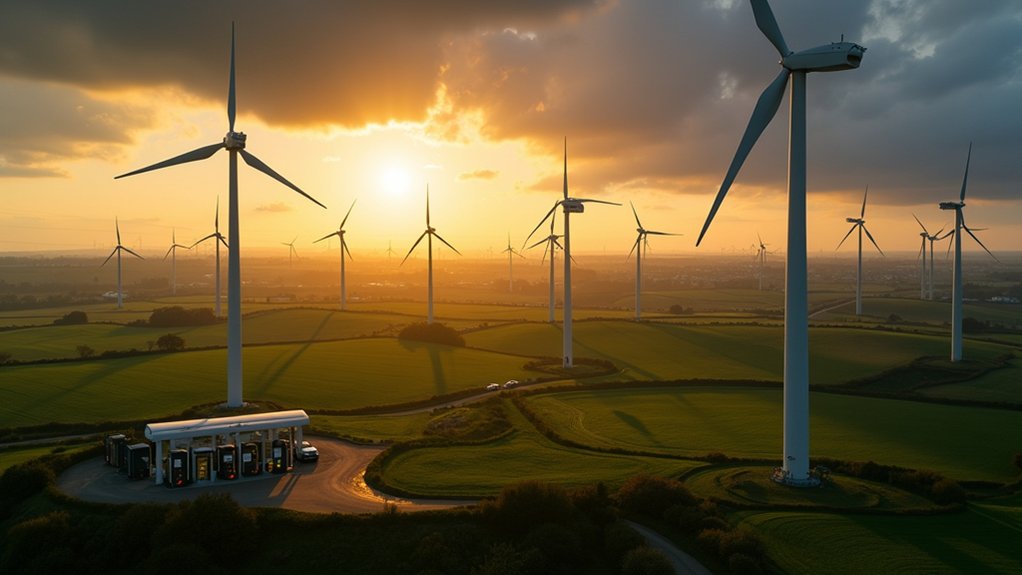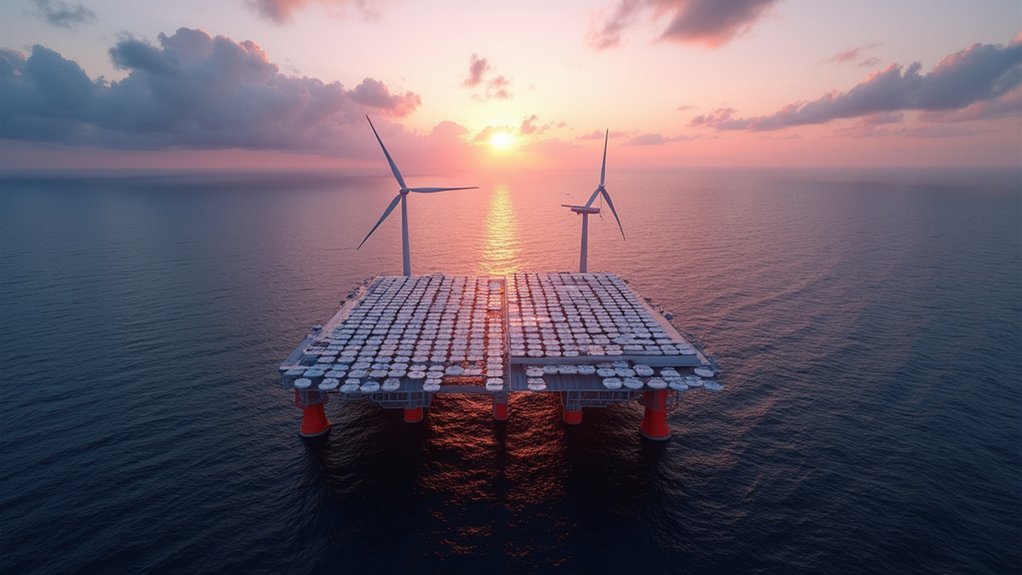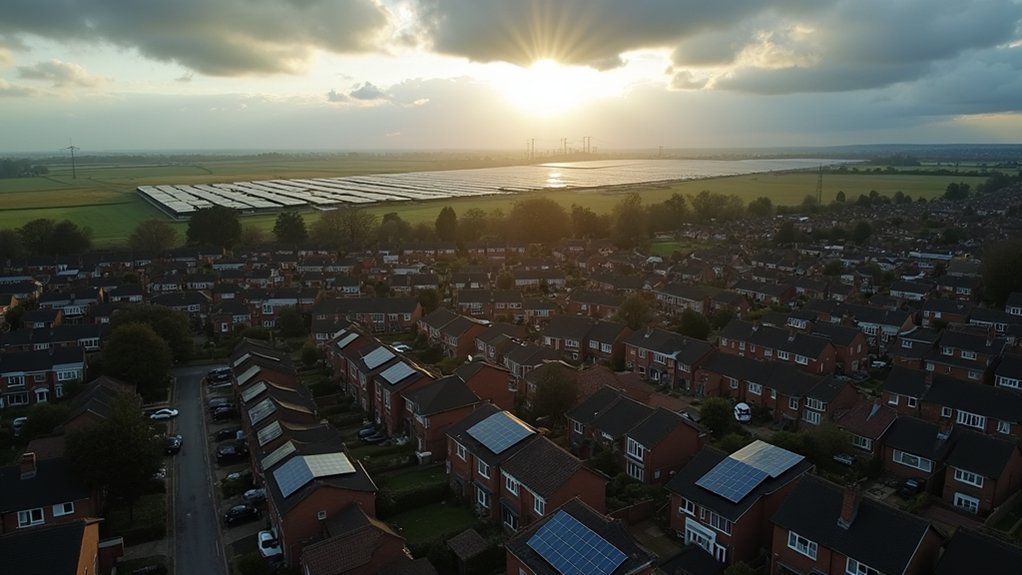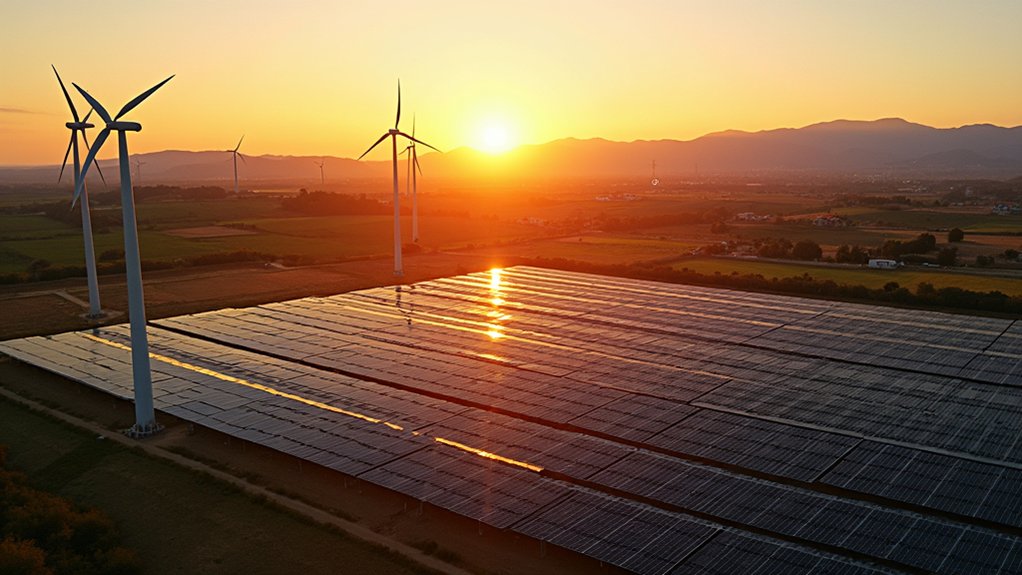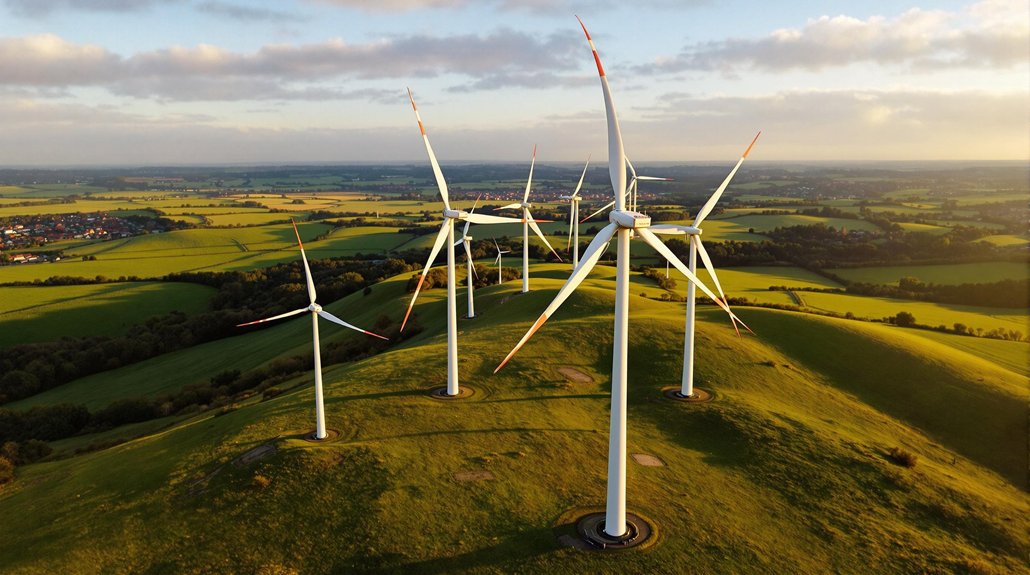As the renewable energy sector continues to evolve, bladeless wind turbines have emerged as a promising alternative to conventional wind power technology. These innovative structures operate through vortex-induced vibrations (VIV) rather than the familiar rotating blades, utilizing a vertical, slender mast that oscillates when wind passes around it. The design converts kinetic energy into electricity via magnetic or electromagnetic induction, eliminating the need for complex gearboxes and rotational mechanisms that plague traditional turbines.
Wildlife conservation represents one of the most compelling advantages of bladeless technology. Traditional wind farms cause thousands of bird and bat fatalities annually; bladeless designs virtually eliminate this risk. The oscillating masts produce considerably less noise—a boon for both wildlife and nearby communities—while their slim profile reduces visual pollution across landscapes. I’ve observed these units operating in sensitive ecosystems where conventional turbines would never receive approval.
The bladeless revolution silently protects our winged wildlife while generating power with minimal ecological footprint.
The economic calculus favors bladeless designs in several key metrics. Manufacturing costs decrease substantially due to simplified construction and lightweight materials like fiberglass. Maintenance requirements plummet without lubricants, bearings, or mechanical transmission systems to service. Installation becomes more straightforward, with lighter components reducing transportation challenges and site preparation demands. The technology generates electricity at 40% lower cost compared to conventional wind turbines, making it particularly attractive for large-scale implementation. Their increased efficiency rates of up to 60% compared to traditional turbines’ 40-45% further strengthen the economic argument.
Performance characteristics show both strengths and limitations. Bladeless turbines generate electricity at lower wind speeds than their conventional counterparts, enhancing their operational window. The direct alternating current output from their linear generators often requires no conversion before use. However, peak efficiency remains below that of traditional designs, particularly at utility scale.
Recent technological advancements have accelerated bladeless turbine development. Computational modeling has refined designs while material science has delivered more responsive composites. Global pilot projects demonstrate growing commercial viability, with particular interest in distributed power applications and hybrid renewable energy systems.
As researchers continue to optimize resonance tuning and enhance energy capture efficiency, bladeless wind turbines are positioned to complement rather than replace conventional designs, offering a specialized solution for wildlife-sensitive, noise-restricted, and densely populated environments.
